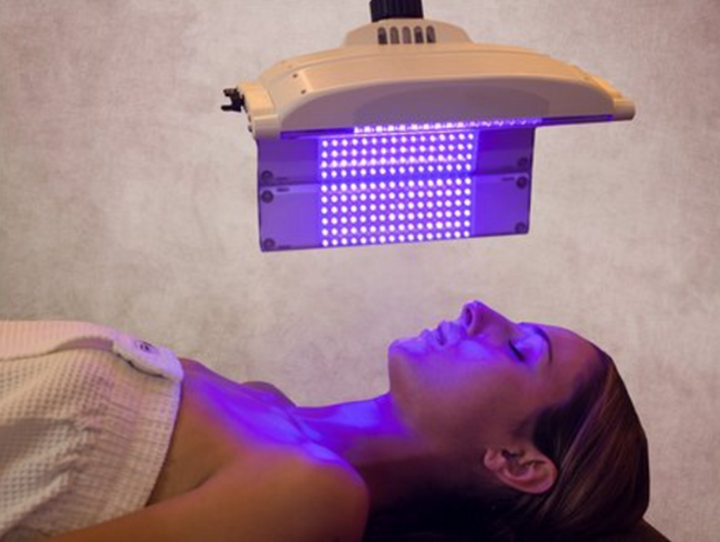Psoriasis Treatment: Phototherapy
Phototherapy, also known as light therapy, entails the exposure of ultraviolet light to the skin regularly by a medical professional. Most people with psoriasis get the treatment in their doctor’s office, whereas some have a phototherapy unit in their home.
Being consistent with phototherapy treatments is imperative to getting results fast. What you may not realize is that phototherapy or light therapy is, in fact, artificial sunlight therapy. According to National Psoriasis Foundation, however, tanning beds do not offer the same benefits. As a matter of fact, the use of indoor tanning beds increases the risk of skin cancer drastically.
Types of Phototherapy
There are only two kinds of phototherapy: Ultraviolet A (UVA) and Ultraviolet B (UVB).
Ultraviolet B
Ultraviolet B (UVB), which natural sunlight contains, is one of the most effective psoriasis treatment options. UVB works by entering the skin and impeding the growth of lesions and new skin cells. The treatments usually begin with 30-60 seconds of exposure to the light to allow your skin time to adjust, which then gets increased gradually as the treatment continues.
Most people with psoriasis get several phototherapy treatments per week until their lesions begin to clear up. Furthermore, some additional topical treatments like coal tar and anthralin may also be used in combination with the light therapy to improve the symptoms.
Ultraviolet A (UVA)
While ultraviolet A is also present in natural sunlight, the main difference between UVB and UVA is that UVA penetrates farther into the skin with 20-minute sessions. However, UVA is more effective with psoralen, a drug that boosts the skin’s light sensitivity.
UVA therapy with psoralen is called PUVA, and the application of this treatment combination is ten times faster than UVA without psoralen drugs. Most medical professionals, nonetheless, believe that UVB is more effective and dependable than PUVA.
Sunlight
Even though UVA and UVB are both present in natural sunlight, UVB is far more effective in treating psoriasis, so taking in enough sunlight may be just as beneficial artificial phototherapy.
While being mindful of overexposure to the sun is imperative to avoid sunburns and further irritation, exposing your lesions to the sunlight for 10-15 minutes every day, starting with for as long as you can tolerate it and slowly increasing the amount of time, is recommended by medical experts.
Three important things to remember:
- Certain topical medications enhance the danger of sunburns like coal tar and tazarotene, so consult your doctor about sun exposure and your medications.
- If you are already receiving phototherapy treatment (UVB or PUVA), you should keep your skin’s exposure to sunlight to a minimum.
- Before exposing yourself to natural sunlight as a psoriasis treatment, be sure to protect the areas of your skin that do not have psoriasis lesions with sunscreen.
Featured Image: Twitter
Read More >>





